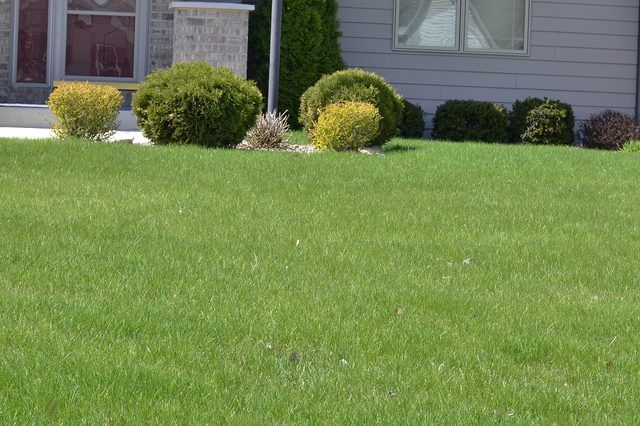Bulbs
Flower Basics
Flower Beds & Specialty Gardens
Flower Garden
Garden Furniture
Garden Gnomes
Garden Seeds
Garden Sheds
Garden Statues
Garden Tools & Supplies
Gardening Basics
Green & Organic
Groundcovers & Vines
Growing Annuals
Growing Basil
Growing Beans
Growing Berries
Growing Blueberries
Growing Cactus
Growing Corn
Growing Cotton
Growing Edibles
Growing Flowers
Growing Garlic
Growing Grapes
Growing Grass
Growing Herbs
Growing Jasmine
Growing Mint
Growing Mushrooms
Orchids
Growing Peanuts
Growing Perennials
Growing Plants
Growing Rosemary
Growing Roses
Growing Strawberries
Growing Sunflowers
Growing Thyme
Growing Tomatoes
Growing Tulips
Growing Vegetables
Herb Basics
Herb Garden
Indoor Growing
Landscaping Basics
Landscaping Patios
Landscaping Plants
Landscaping Shrubs
Landscaping Trees
Landscaping Walks & Pathways
Lawn Basics
Lawn Maintenance
Lawn Mowers
Lawn Ornaments
Lawn Planting
Lawn Tools
Outdoor Growing
Overall Landscape Planning
Pests, Weeds & Problems
Plant Basics
Rock Garden
Rose Garden
Shrubs
Soil
Specialty Gardens
Trees
Vegetable Garden
Yard Maintenance
Getting Rid of Crabgrass
Getting Rid of Crabgrass. Crabgrass (Digitaria spp.) ruins the otherwise smooth look of your lawn with its long, spindly blades. Its persistence and ability to spread quickly make crabgrass hard to control, but you can get rid of it. The most effective way is to kill the seeds before they have a chance to break ground, although some methods help...
Crabgrass (Digitaria spp.) ruins the otherwise smooth look of your lawn with its long, spindly blades. Its persistence and ability to spread quickly make crabgrass hard to control, but you can get rid of it. The most effective way is to kill the seeds before they have a chance to break ground, although some methods help you eliminate it after the blades appear.
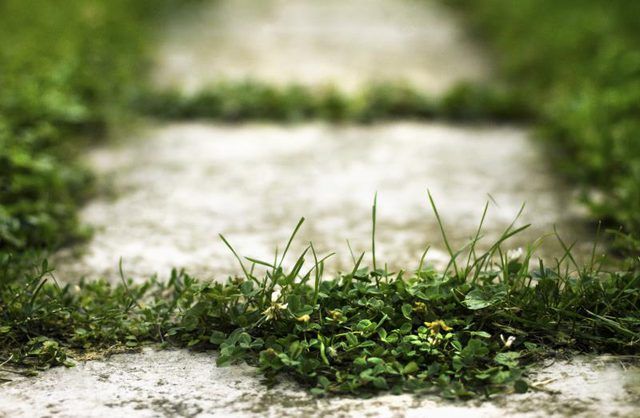
Keeping crabgrass from gaining a foothold starts before the seeds germinate in spring. With one clump of crabgrass producing up to 150,000 seeds that can stay dormant for years before germinating, treating your lawn with a pre-emergent crabgrass killer saves you time and trouble later in the year, when the crabgrass could be growing strong. Crabgrass starts to germinate when the early flowers of spring start to bloom, or when the soil temperatures consistently rise above 50 degrees Fahrenheit. Spread the pre-emergent herbicide over the entire lawn evenly, using about 2 pounds per 1,000 square feet for most products containing pendimethalin. The exact application amounts vary by manufacturer, so check the label before treating your lawn. When applying any chemical on your lawn, wear protective gear such as gloves, safety goggles and a dust mask.
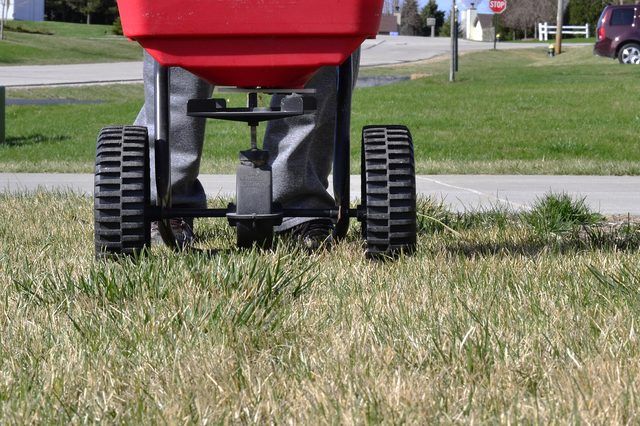
When crabgrass takes hold, two options help you eliminate it. Selective herbicides, such as those that contain dithiopyr, are designed to kill only the crabgrass while leaving your lawn unscathed. In general, mix 1/2 ounce of dithiopyr in 1 gallon of water and spread it over 1,000 square feet of lawn using a garden sprayer. Check the manufacturer's instructions for the exact application directions. Apply ready-to-use nonselective herbicides, such as glyphosate, by spraying it directly on the the crabgrass blades. It kills the grass just as easily, so aim carefully and cover the surrounding grass with cardboard or plastic to protect it while you spray.
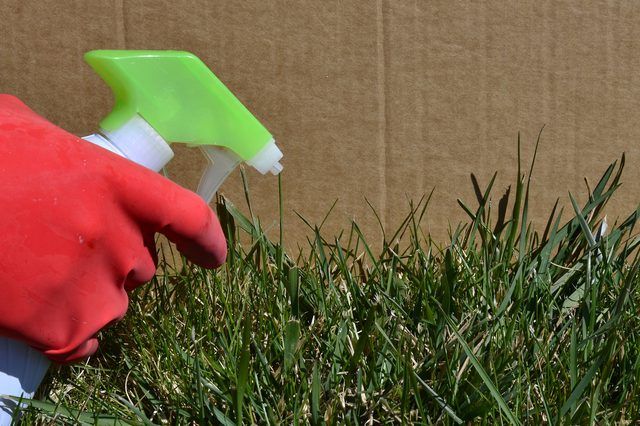
Before crabgrass rears its ugly head in your yard, use corn gluten meal as an organic alternative to chemical pre-emergent herbicides. Spread about 20 pounds per 1,000 square feet to provide adequate coverage. After crabgrass appears, pull the young seedlings by hand to keep it under control. Or, try other organic, nonselective weed killers such as boiling water or vinegar. Pour the boiling water directly over the crabgrass, or spritz the blades with distilled white vinegar until the blades are coated. These also kill grass or other plants they touch, so apply them carefully or cover the surrounding grass with plastic or cardboard.
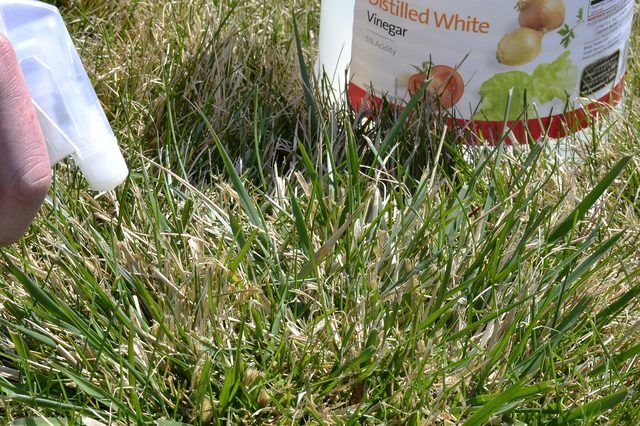
Crabgrass doesn't survive in a thick, lush lawn, so get rid of it by keeping your grass healthy and thriving. Use long, deep waterings infrequently, about once a week, giving your lawn at least 1 inch of water per week. This encourages deep root growth for your grass and keeps crabgrass seedlings from getting the frequent water they need. Setting your mower to its highest setting also helps get rid of young crabgrass. It needs sunlight to grow, but taller grass, 2 to 3 inches tall, creates too much shade near the soil for crabgrass to grow. Aerating the soil every other year also helps prevent bare spots in your lawn, which become prime real estate for crabgrass.
